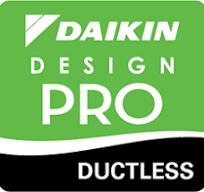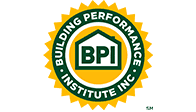New York homeowners are no strangers to moisture problems. With high humidity in the summer and snowy, damp winters, keeping your home dry and comfortable year-round can be a challenge. One of the most effective (and often overlooked) solutions is professional insulation and air sealing.
At Energy Savers, we often talk with homeowners about insulation in terms of energy efficiency and comfort, but did you know that it also plays a key role in managing indoor humidity and preventing mold growth? Let’s break down how it works.
Insulation & Air Sealing: Your First Line of Defense Against Moisture
Moisture can enter your home in two main ways: through air leaks and condensation. When warm, humid air from outside infiltrates your home, or when indoor air leaks into cold, uninsulated spaces, it can lead to condensation on walls, in attics, and behind drywall. That trapped moisture creates the perfect breeding ground for mold and mildew.
Here’s how insulation and air sealing help:
- Air Sealing Blocks Moisture Infiltration
Tiny gaps and cracks in your home’s building envelope—around windows, doors, plumbing, and attic hatches—can let in outside air and moisture. Professional air sealing eliminates these leaks, keeping humid air where it belongs: outside in the summer, and inside in the winter.
- Insulation Regulates Surface Temperatures
When insulation is properly installed, it helps maintain stable surface temperatures throughout your home. That reduces the chance of warm air meeting a cold surface and creating condensation. For example, insulating your attic prevents warm, moist indoor air from reaching cold roof surfaces and forming frost or mold.
- Spray Foam Insulation Adds a Moisture Barrier
Closed-cell spray foam insulation, which we install in many homes, doubles as an air and moisture barrier. It seals up gaps while resisting water vapor, making it ideal for basements, crawl spaces, and rim joists where moisture is a bigger concern.
Why Mold Prevention Matters
Mold doesn’t just damage your home—it can impact your health. Mold spores thrive in damp, enclosed spaces, and once they take hold, they can spread quickly. Exposure to mold can trigger allergies, worsen asthma, and cause respiratory problems, especially for children and older adults. By improving your home’s insulation and air sealing, you’re not only protecting your investment, you’re also promoting healthier indoor air quality.
Common Mold Problem Areas in New York Homes
Because of our region’s climate, we often see moisture and mold issues in:
- Attics with inadequate insulation or ventilation
- Rim joists and basements with little to no air sealing
- Crawl spaces exposed to ground moisture
- Exterior walls with old, poorly-installed fiberglass batts
Upgrading insulation in these areas—and sealing air leaks—can make a big difference in both comfort and indoor moisture levels.
Let’s Make Your Home Drier, Healthier & More Comfortable
At Energy Savers, we’ve helped hundreds of homeowners tackle moisture issues by upgrading their insulation and sealing air leaks. Our BPI-certified team uses building science principles and NYSERDA-supported programs to assess your home and recommend solutions that are both effective and affordable.







